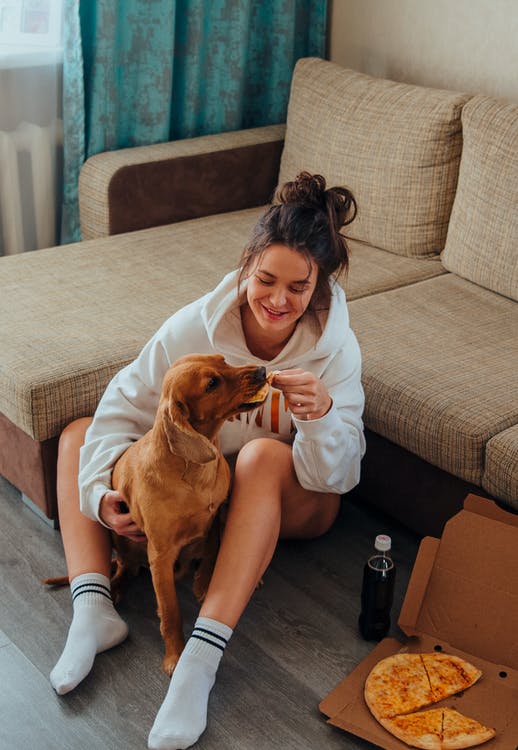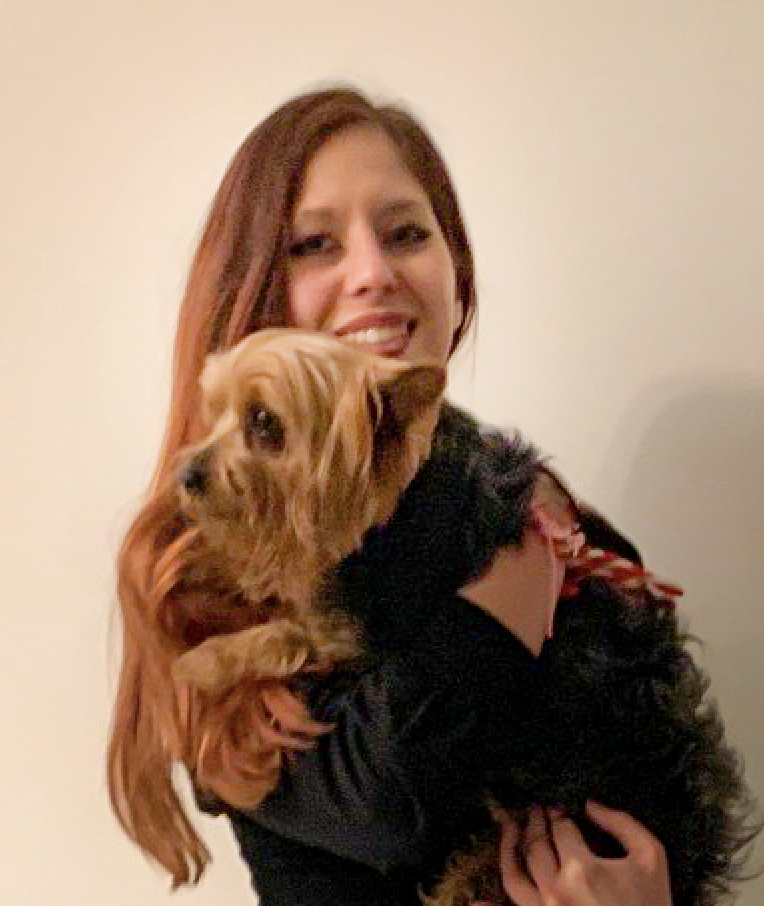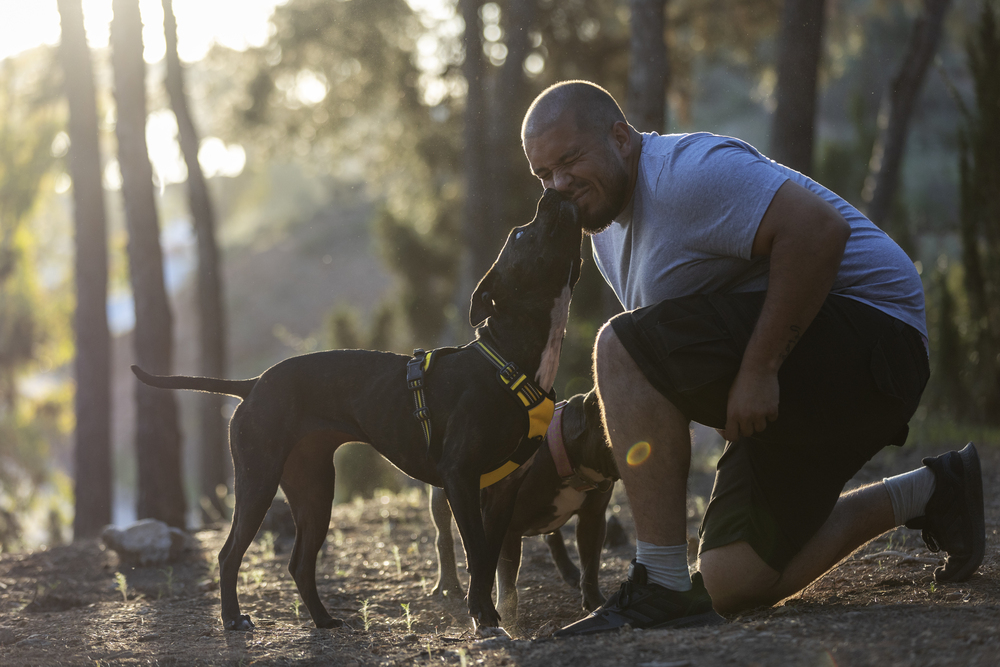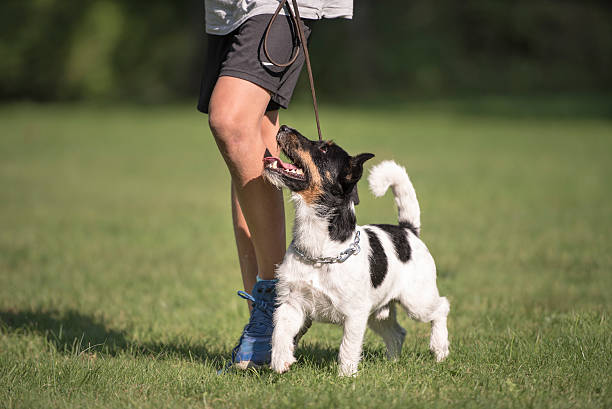
Some of you may know the feeling when you spend a lot of time searching for the best food brand for your dog and then watching him/her showing no interest in the food at all… Some dogs tend to be real pickers which can make their owners’ lives a bit challenging. However, often it comes to us and the approach we use to raise our paw friends whether they will become fussy eaters or not.
If you have difficulties getting your dog to eat, this article may provide you with some valuable tips on what may cause this behavior and how to proceed.
Why Your Dog Does Not Want to Eat
There might be different reasons why your dog has a decreased appetite.
Your Dog Might Not Be Food-Motivated
Although food is considered a primary motivator for dogs, this does not automatically mean that all dogs are food-driven. Some canines are more into toys or praising/petting and you should keep that in mind when raising and training your beloved pet. For example, if you would like to train your paw friend in basic obedience or more advanced commands, but he/she does not seem to be really motivated by the given treats, you may want to consider providing him/her with interesting toys instead. Also, praising with a happy voice and petting him/her may have on some dogs a bigger effect than food.
Your Dog’s Food Might Not Be the Most Suitable One for Him/Her
Some brands do not offer the food of satisfactory quality and your dog may be able to detect that. You should check the ingredients before buying a certain food brand and make sure that they are natural and do not include too much salt, coloration or additives. We would recommend that you consult your dog’s veterinarian and read reviews about the brands you consider buying prior to purchase.
Also, you should keep in mind that dogs, based on their age, health, and energy level, have different nutrition needs.
You May Give Your Dog Too Many Treats
Do you keep a food schedule, or do you provide your dog with many treats randomly throughout the day without sticking to a certain routine? Giving treats definitely leads to a positive experience for your dog, as he/she will feel loved and taken care of. Also, it will help you motivate your paw friend to perform certain tasks if you are in the process of training him/her. Whether you give your dog treats for training purposes or just because you want the best for him/her, you should always keep track of the amount of the treats. If you overfeed your canine with treats, he/she may lose interest in his/her regular food, whether it is of high quality or not.
You May Give Your Dog Too Much Human Food
Often we fall for our dog’s begging when they see us eating. Certain human food, when properly prepared, can be really healthy for our pets. However, if we do not pay attention at its amount, we may cause our paw friends to lose interest in their regular food.
Your Dog Might Be Anxious
Stress and anxiety are likely to have an impact on your dog’s general health and behavior. Lack of appetite and decreased energy might be symptoms of mental illnesses. If you consider anxiety a possible reason for your dog’s decreased appetite, you should observe him/her to determine whether there are additional symptoms that support this assumption such as lethargy, fatigue, lack of energy, changes of the habits...etc. If a certain event causing an abrupt environmental change has occurred, this might be the reason for your dog’s anxiety. Such events can be: moving to a new home (or a certain family member moving to a new home), rearranging the apartment, changing your dog’s eating/sleeping/playing spot, welcoming a baby or a new pet.
Age-Related Cause
The process of aging is related to many changes and a decreased appetite is among them.
Health Issue
If your dog has lost his/her appetite out of a sudden, you should consult a veterinarian, as a health problem may be present. Underlying health issues are usually accompanied by several symptoms, that is why knowing your dog and his/her habits well, will help you recognize these symptoms in a timely manner.

Tips On What You Can Do to Get Your Dog to Eat
Make Your Dog’s Food More Appealing
You can look for food of a higher quality or just mix dry and wet food. Also, you can add treats to your dog’s regular food. If you decide to completely switch your dog’s food or mix it, you should do it gradually. It is recommended that you add 10% new food every day until it gets 100% of the food content. Always add small amounts first, to see how your dog’s stomach will react to the new food. Also, you will be able to determine if there are ingredients that your dog can not tolerate and/or is allergic to. If your dog is energetic, you may want to ask for food designed for active dogs, that is likely to be more concentrated. This type of food is supposed to provide energy in portions that are smaller than the regular food.
Stick to a Schedule
Since dogs are creatures of routine, it would be helpful to make a food schedule, i.e. fill your dog’s food bowl at certain times during the day and wait for him/her about 20-30 minutes to eat. If he/she does not eat their food within this time frame, you can pick up the bowl and put it back when the time for the next meal comes. They may learn that if they skip their meal, they will have to wait a few hours for the next one.
Do Not Overfeed Your Dog with Treats
Always oversee the amount of treats you are feeding your dog with. It should not exceed 10% of his/her regular food.
Do Not Overfeed Your Dog With Human Food
If you tend to overshare your food with your paw friend, there is no wonder that he/she has become too picky. You should also keep in mind that certain human food can be dangerous for dogs. Moreover, human food can be spicy. Avoid giving your dog food with too high content of salt and additives.
Check with Your Family Members if Also Feed Your Dog
It is recommended that your family members are familiar with the routine you have set for your dog. If they constantly feed your dog outside his/her feeding time, it is very likely that he/she stops considering his/her regular food appealing.
Set Up A Feeding Area for Your Dog
You can set up a certain area at home to be your dog’s feeding spot. Providing your canine with a designated feeding area where he/she can comfortably enjoy his/her meal, may increase his/her interest in the food.
Regularly Clean Your Dog’s Food Bowl
If your dog’s food bowl is dirty, he/she may refuse to eat.
Consider Changing the Food Bowl
Although it is not very common, some dogs may not enjoy eating from glass bowls or any bowls made of materials with reflective surfaces. You can try switching the food bowl with a new one made of a different material, like ceramic.
Use Food Toys
There are puzzle toys with hidden treats inside on the market that may provoke your dog’s interest in the food. These toys will also mentally stimulate your canine, and provide him/her with a double reward-one for solving the puzzle and another one for reaching the treat.
Address Anxiety
If your dog’s appetite decreased due to anxiety, you should take actions to address it properly.
Remove any triggers in the environment that may cause stress in your dog. You can use desensitization (expose your dog to the stimuli at a very low level, so that he/she will not react and increase them gradually) and counter-conditioning (change your dog’s attitude towards the trigger/stimuli by providing him/her with a positive experience, i.e. give him/her treats/toys/, pet him/her, praise him/her while the trigger is present).
You should make your dog feel comfortable and relaxed and give him/her time to adapt to the environmental changes, i.e. if you moved to a new home and your dog suddenly became a fussy eater, he/she may just need time to get acquainted with the changes. Setting up an area at home to be his/her safe zone, adding to it his/her favorite toys and blankets as well as using essential oils, and gently massaging your dog, may have a positive effect on his/her emotional state.
Let your dog engage in variety of activities-play interesting games with him/her, exercise him/her teach him in basic obedience. The more physically and mentally stimulated a dog is, the less behavioral issues and health conditions are likely to occur. Of course, dogs have different energy levels, based on their breed, age and personality. You should keep that in mind and not overexercise your paw friend.
Consult a Veterinarian
If you suspect that an underlying health condition might be present, you should contact a veterinarian, so that he/she does a check-up and runs tests as needed.
Do Not Neglect Your Dog’s Dental Hygiene
Not only health conditions but also dental issues, may lead to lack of appetite. You should invest time in gently brushing your canine’s teeth using toothpaste designed for dogs. If this task seems to be too difficult, you can provide him/her with dental sticks and chew toys. Also, you can arrange professional cleaning at the veterinarian office.












